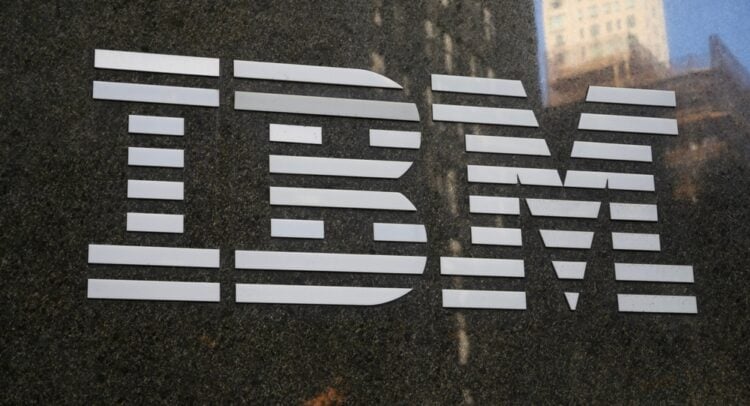The AI industry has changed drastically in just a few years. Interestingly, though, the way we interact with AI hasn’t evolved as much as the technology itself. Indeed, most people currently use full English sentences to get AI to complete tasks. If the output isn’t quite right, they tweak the wording until it works, which is a practice known as prompt engineering. But this process is fragile, since asking the same question two different ways can lead to completely different results, and a prompt that works well in one model version may fall apart in the next. However, IBM (IBM) is looking to change this.
Elevate Your Investing Strategy:
Take advantage of TipRanks Premium at 50% off! Unlock powerful investing tools, advanced data, and expert analyst insights to help you invest with confidence.
At IBM’s Think 2025 conference, researchers introduced “generative computing,” which is a more structured and programmatic way to interact with AI. Instead of tossing prompts into a black box, developers would build systems around AI models and treat them like real computing tools that require programming logic and safeguards. Notably, IBM is working on tools that make AI outputs more predictable by using concepts like context engineering and runtime “abstractions.” These tools include instructions that work across different models, control for randomness, and have built-in safety rules.
One of the key technologies IBM is introducing is called activated low-rank adapters (aLoRAs), which help AI models perform tasks like rewriting queries, checking if answers make sense, and adding sentence-level citations. David Cox, IBM Research’s VP of AI Models, believes that this signals a shift from “imperative computing” (where we tell machines what to do) to “inductive computing” (where machines learn from examples). In fact, his team’s open-source tool, Mellea, turns large, unreliable prompts into clean, efficient programs.
Is IBM a Buy, Sell, or Hold?
Turning to Wall Street, analysts have a Moderate Buy consensus rating on IBM stock based on seven Buys, six Holds, and one Sell assigned in the past three months, as indicated by the graphic below. Furthermore, the average IBM price target of $296 per share implies 11.7% upside potential.

See more IBM analyst ratings
Disclaimer & DisclosureReport an Issue

